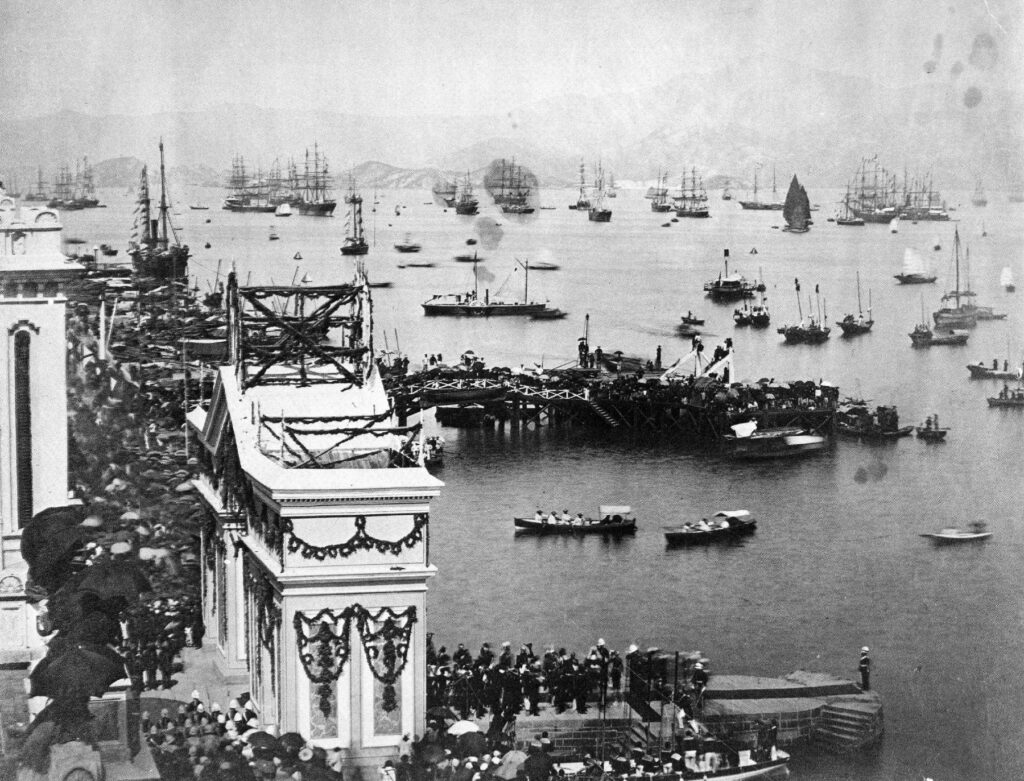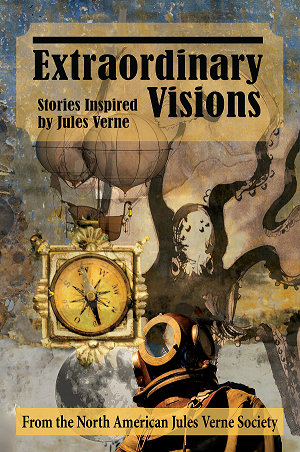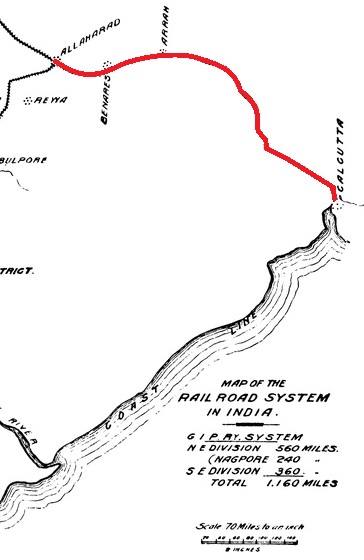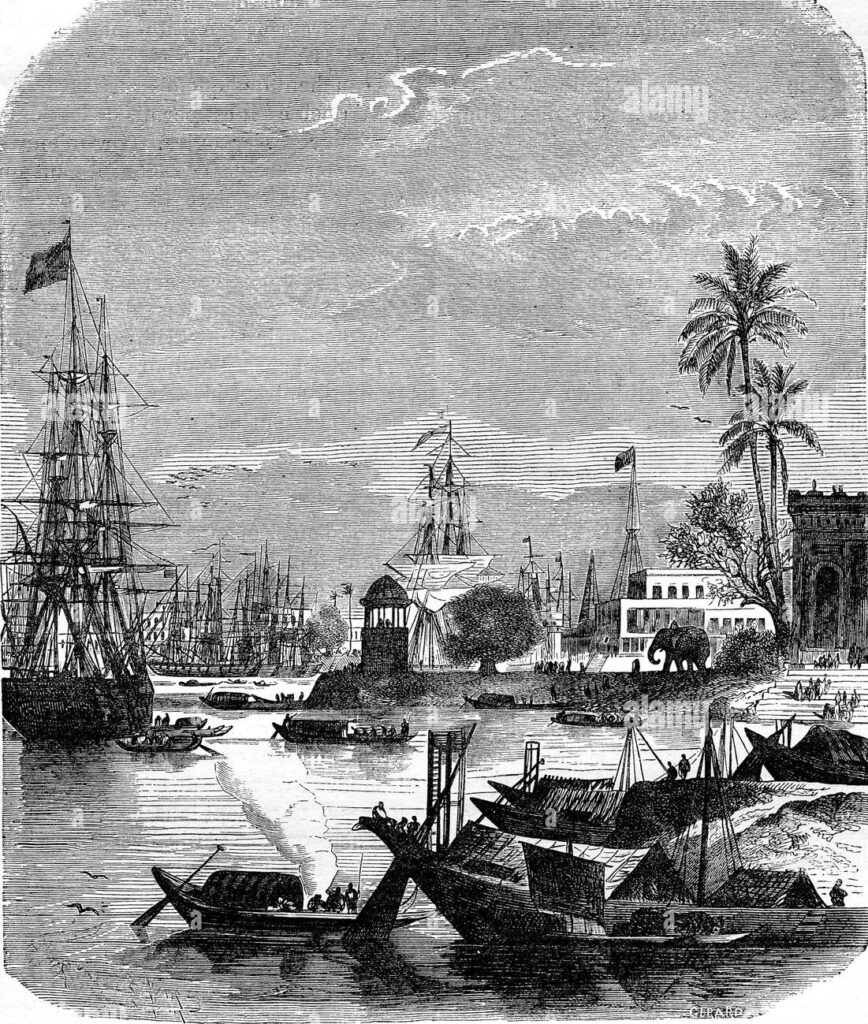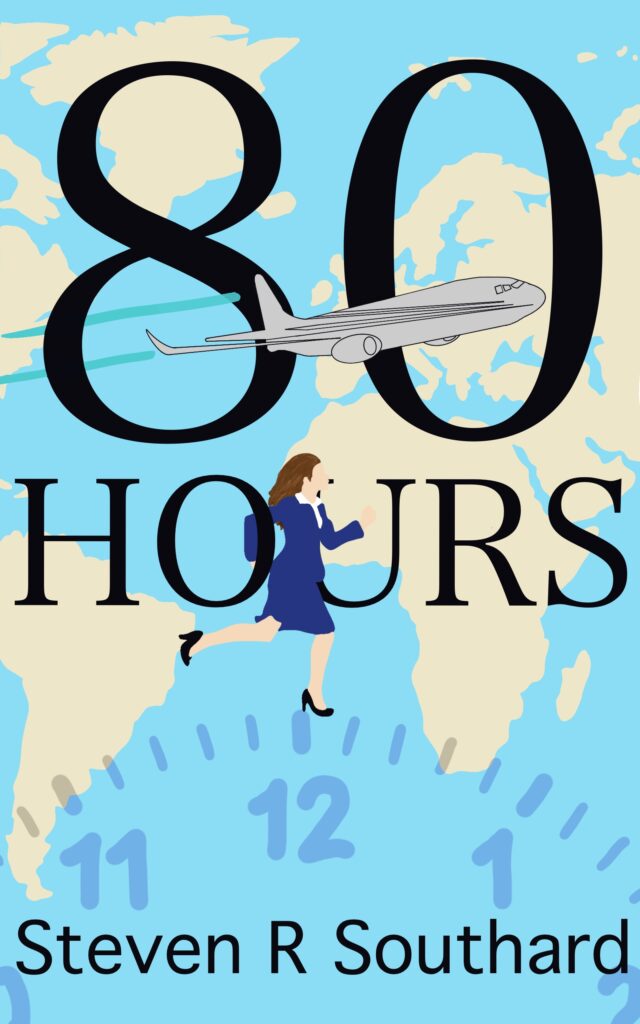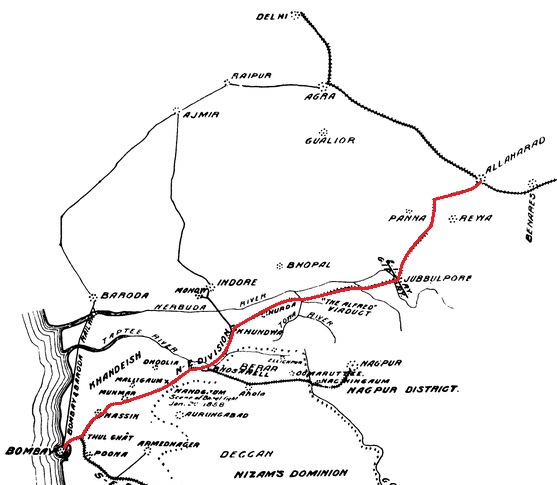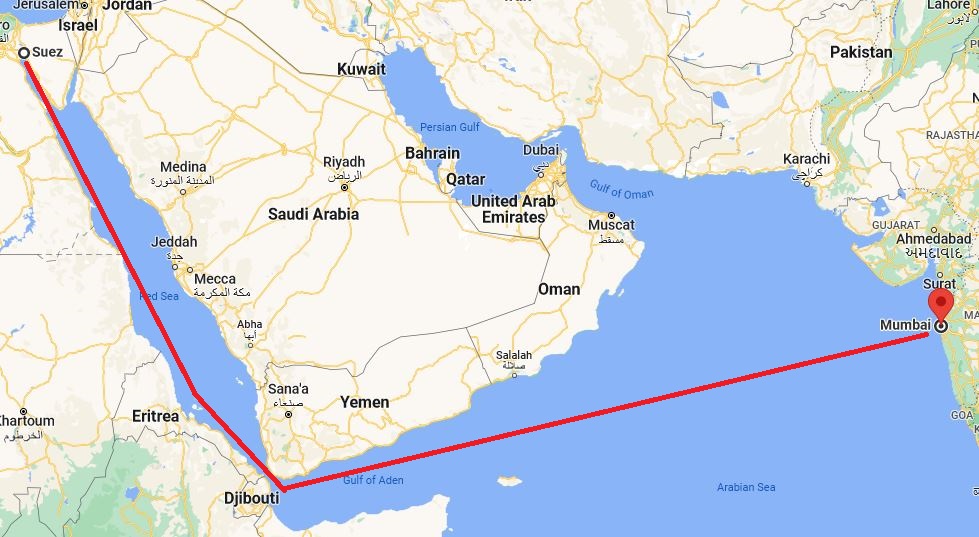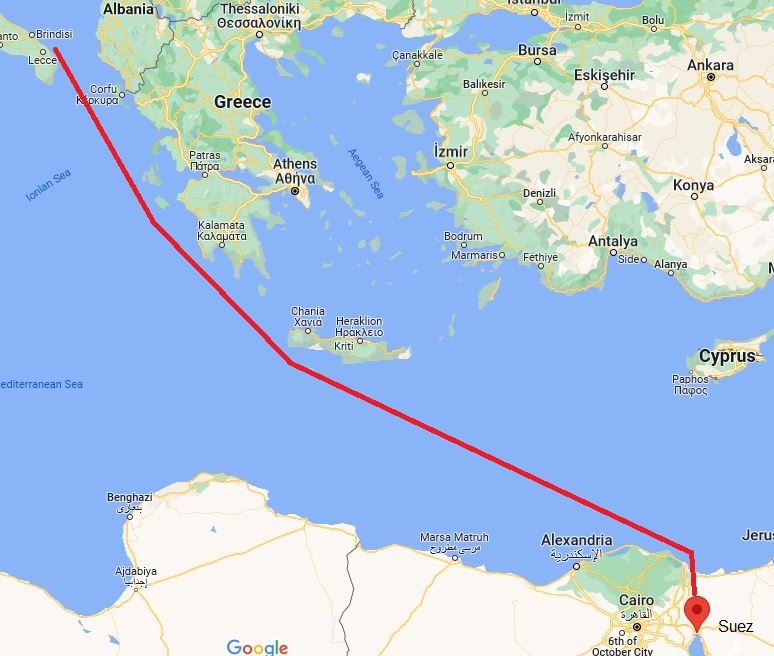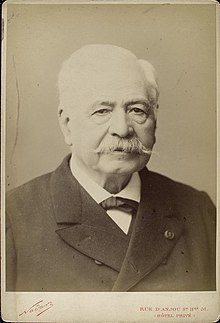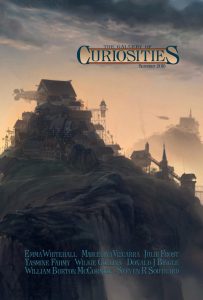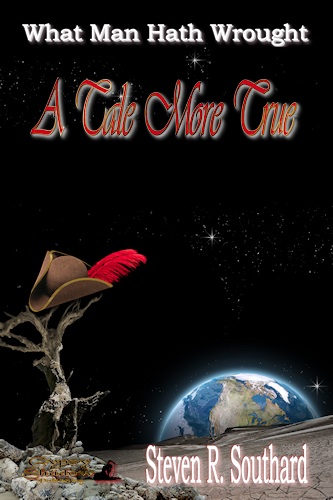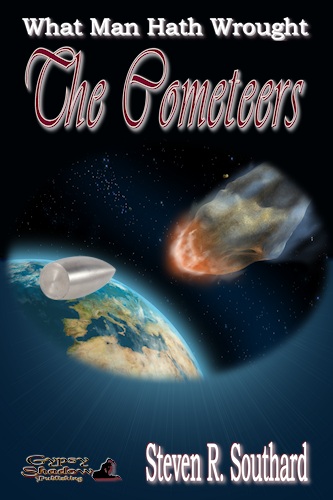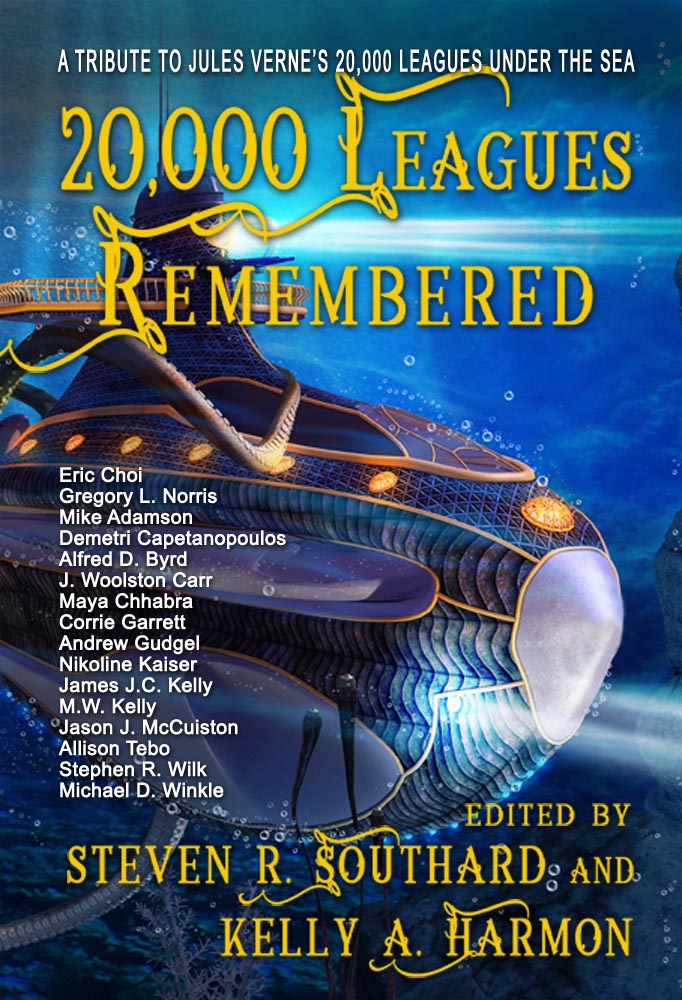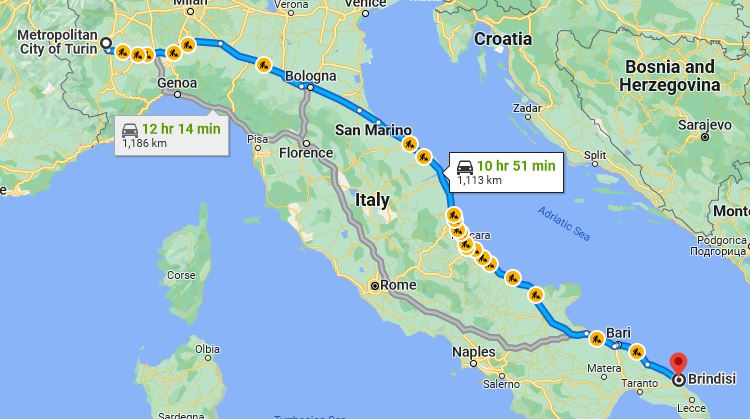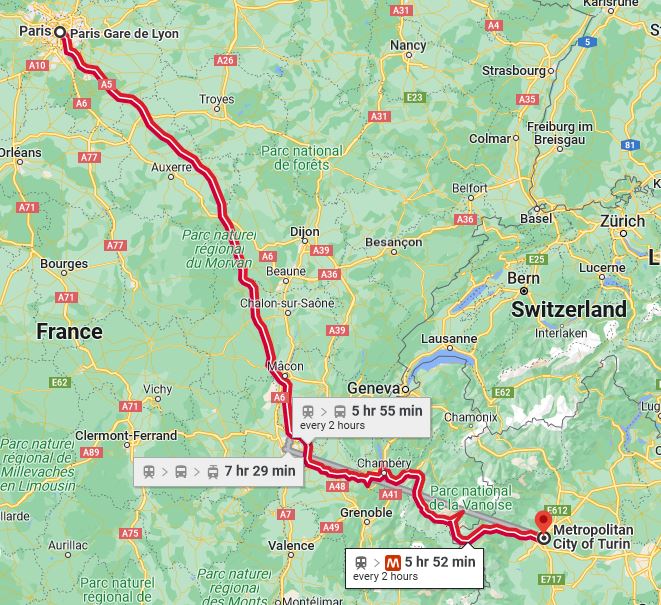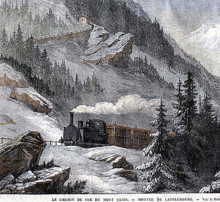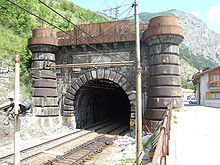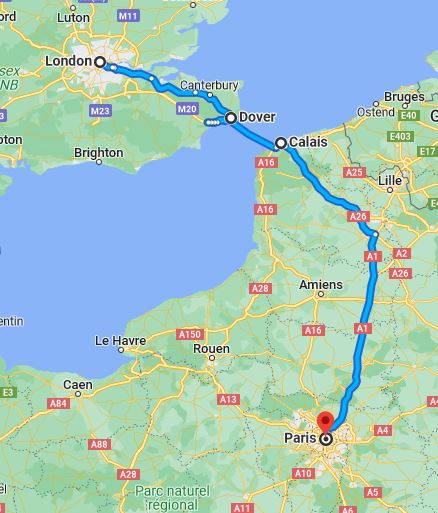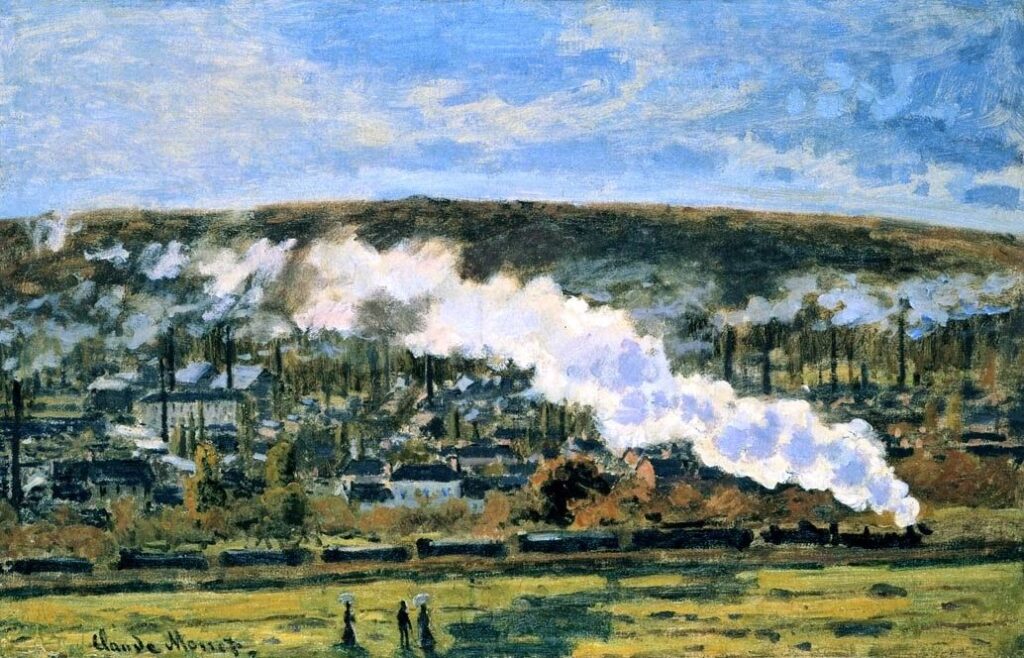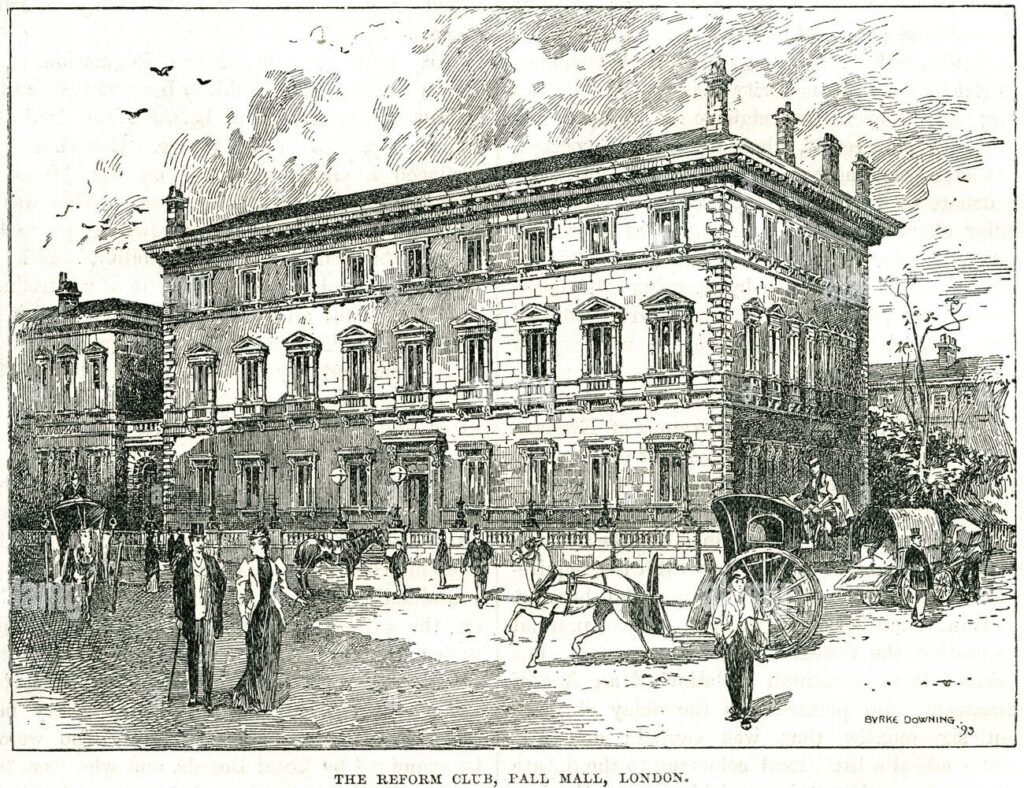Today we continue the 150th anniversary commemoration of Jules Verne’s Around the World in Eighty Days. We’re following along with Phileas Fogg and we just reached Hong Kong aboard the steamship Rangoon. So far, we’ve traveled 10,819 miles, or 44.1% distance in just 43.9% of the time.
Detective Fix boarded the Rangoon in secret, having left instructions to forward the warrant for Fogg’s arrest to Hong Kong. The ship stopped in Singapore to load coal on October 31. On the northbound passage, a tempest delayed the ship’s arrival until 1:00 pm on November 6. Fogg’s next ship, the Carnatic, was supposed to have left for Yokohama on the 5th, but was delayed until the 7th for boiler repairs.
Fogg and Aouda secured rooms in a hotel. He discovered Aouda’s cousin had left China and gone to Holland, so Fogg promised to take her there, after reaching London to win his bet. He sent Passepartout to purchase three tickets on the Carnatic.
Upon meeting Fix, Passepartout bought four tickets, but was told the ship would depart early, that night, the 6th, rather than the next morning. Fix lured Passepartout into a tavern—really, an opium den—and plied him with drinks and opium until he passed out.
The next morning, the 7th, Fogg found the Carnatic gone, and Passepartout missing. He made arrangements to sail on the tiny Tankadere, a twenty-ton, two-masted craft.
By 1872, Hong Kong had grown into a major shipping port with a population approaching 122,000. Since the end of the Second Opium War in 1860, Britain had controlled the city. Sir Arthur Kennedy served as the city’s Colonial Administrator.
Today, Hong Kong, one of the world’s most densely populated places, teems with 7,291,600 people. Designated the Hong Kong Special Administrative Region of the People’s Republic of China, the region’s Chief Executive is John Lee and its Chief Secretary is Eric Chan.
From what I could determine, the SS Rangoon existed. According to this site, this one, and this one, after her launching in 1863, she sailed for the Peninsular and Oriental Steam Navigation Company (P&O) until being wrecked in 1871 (before the events of our story).
Modern travelers need not cruise aboard a steamship for 12 days from Kolkata to Hong Kong. A flight takes less than 8 hours, and that includes a 2-hour stop in Bangkok.
Interested in all things Jules Verne? Did you know there’s a North American Jules Verne Society? It’s a sort of JV fan club. Check it out here. Also, I’m pleased to reveal the cover image for the society’s upcoming anthology, Extraordinary Visions: Stories Inspired by Jules Verne. This anthology includes stories from today’s authors who captured the wonder and adventure of Verne in their tales. Read short stories by Mike Adamson, Joel Allegretti, Gustavo Bondoni, Demetri Capetanopoulos, Brenda Carre, Eric Choi, Christopher M. Geeson, Kelly A. Harmon, David A. Natale, Alison L. Randall, Janice Rider, Michael Schulkins, and Joseph S. Walker. Artist Amanda Bergloff, created the cover art. In a few months, you should be able to buy the anthology itself. Stay tuned to my blog for news.
200 miles separate Hong Kong from Shanghai, and the Tankadere makes between 8 and 9 knots. If nothing unforeseen occurs, we should make it there by November 11. The captain, John Bunsby, has just hoisted sails at 3:10 pm. Though Passepartout is missing, you’d better get aboard, along with Fogg, Aouda, Fix, and—
Poseidon’s Scribe


